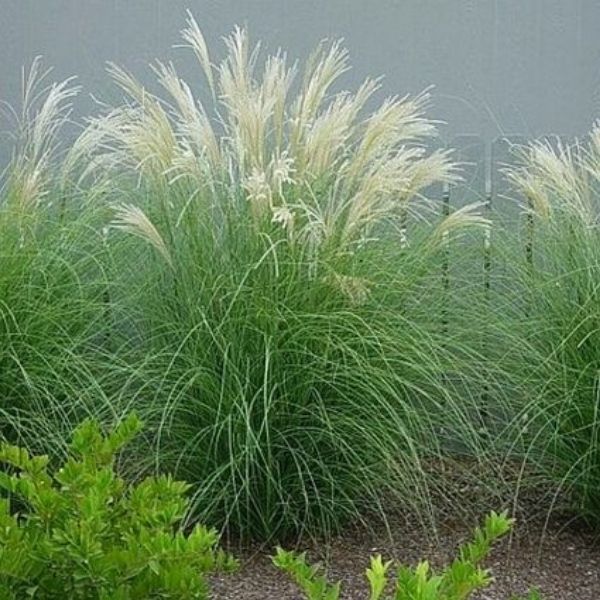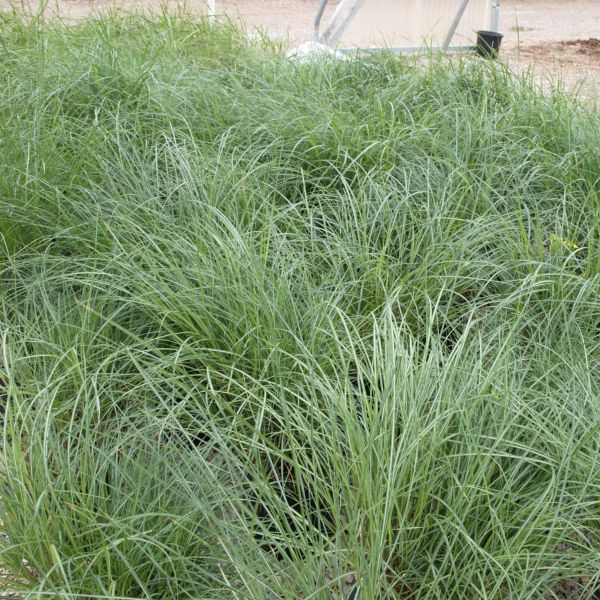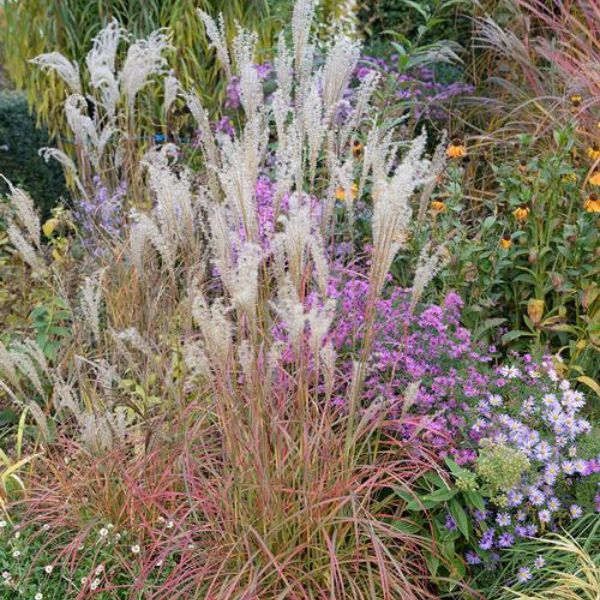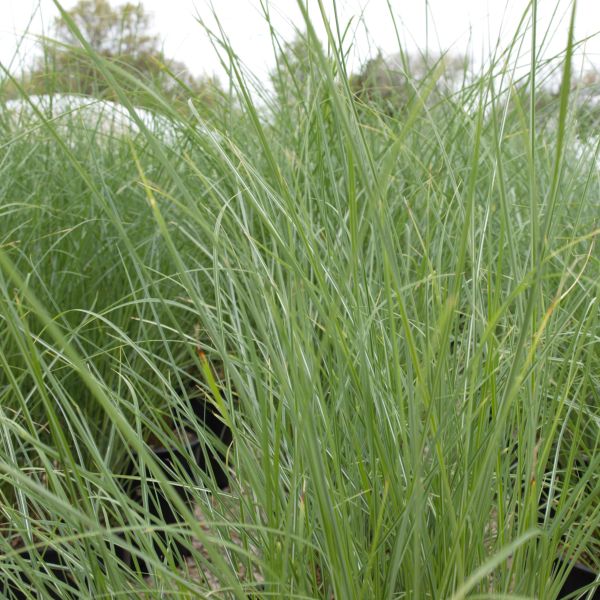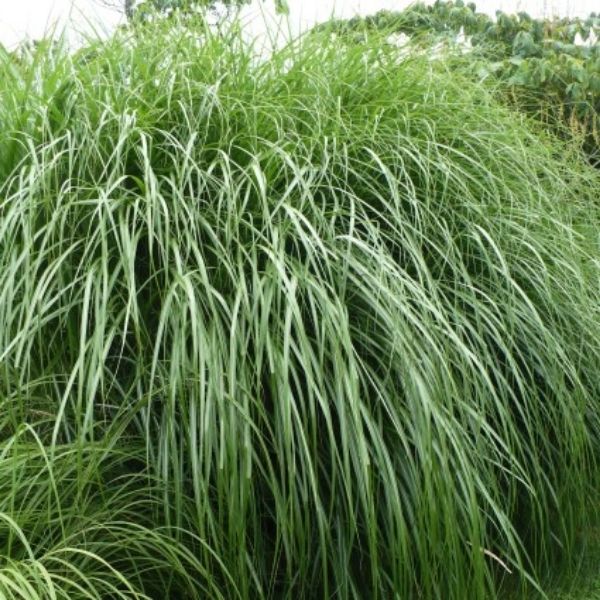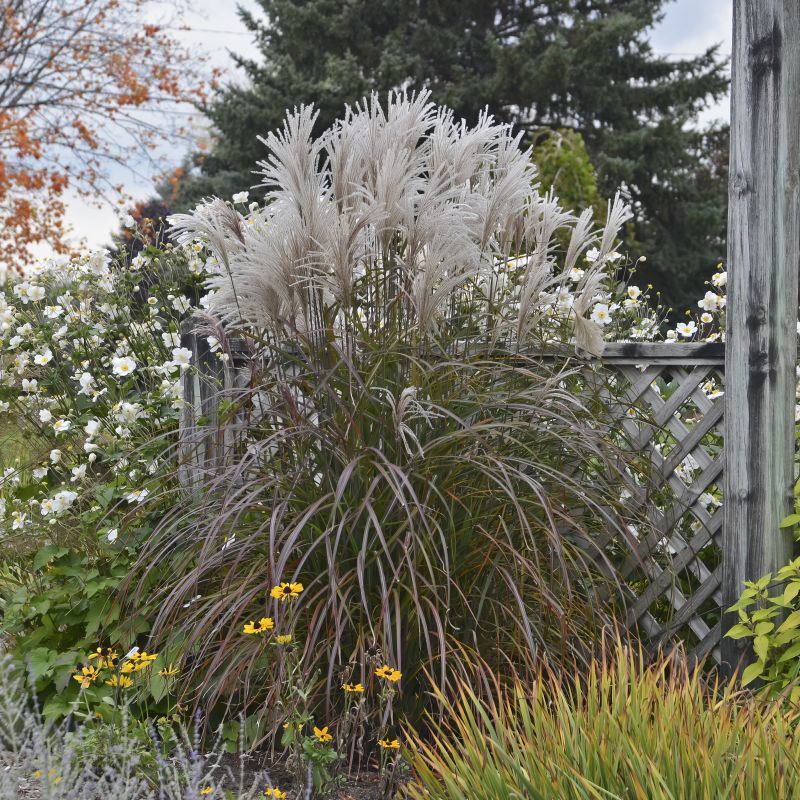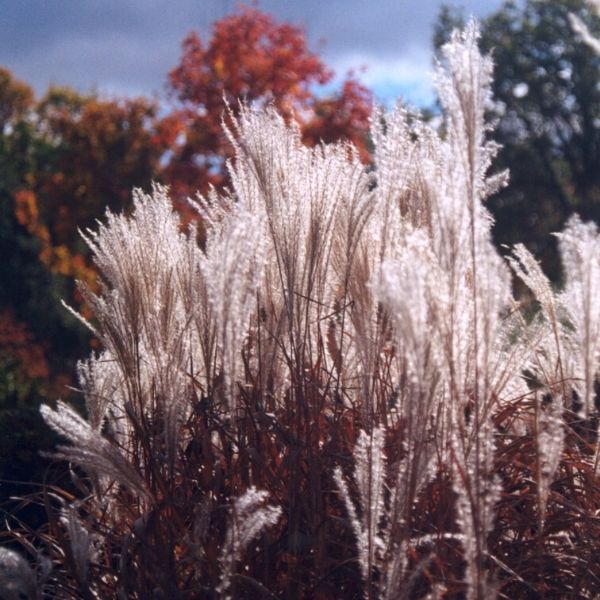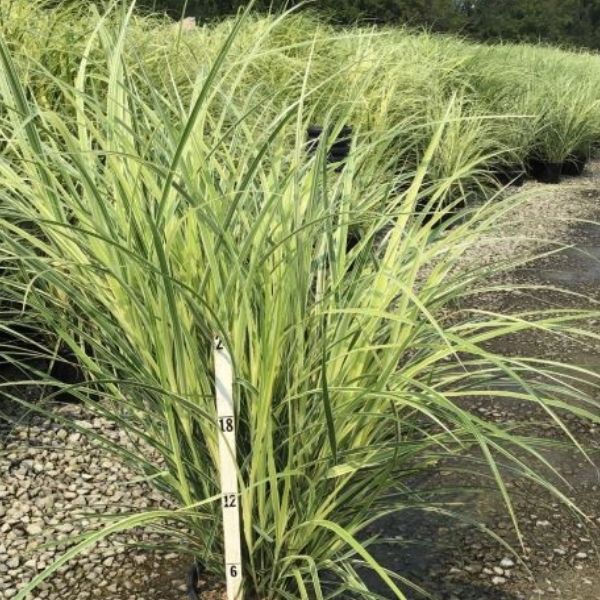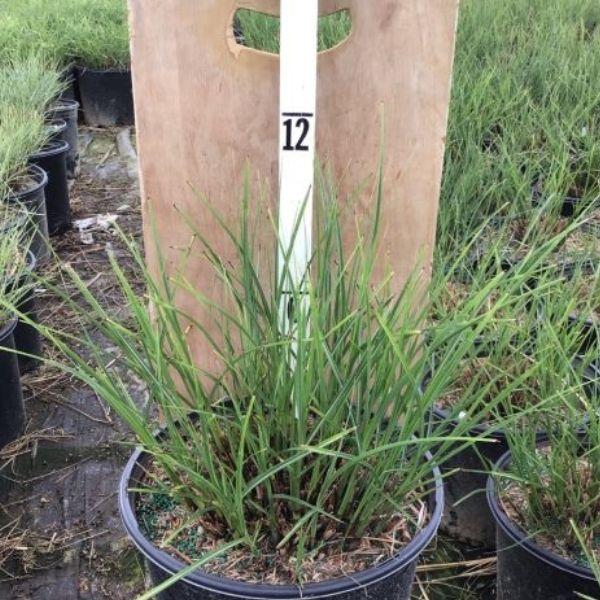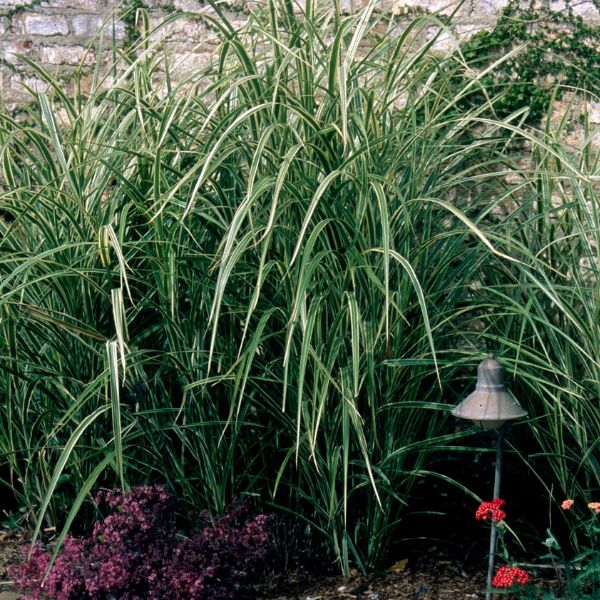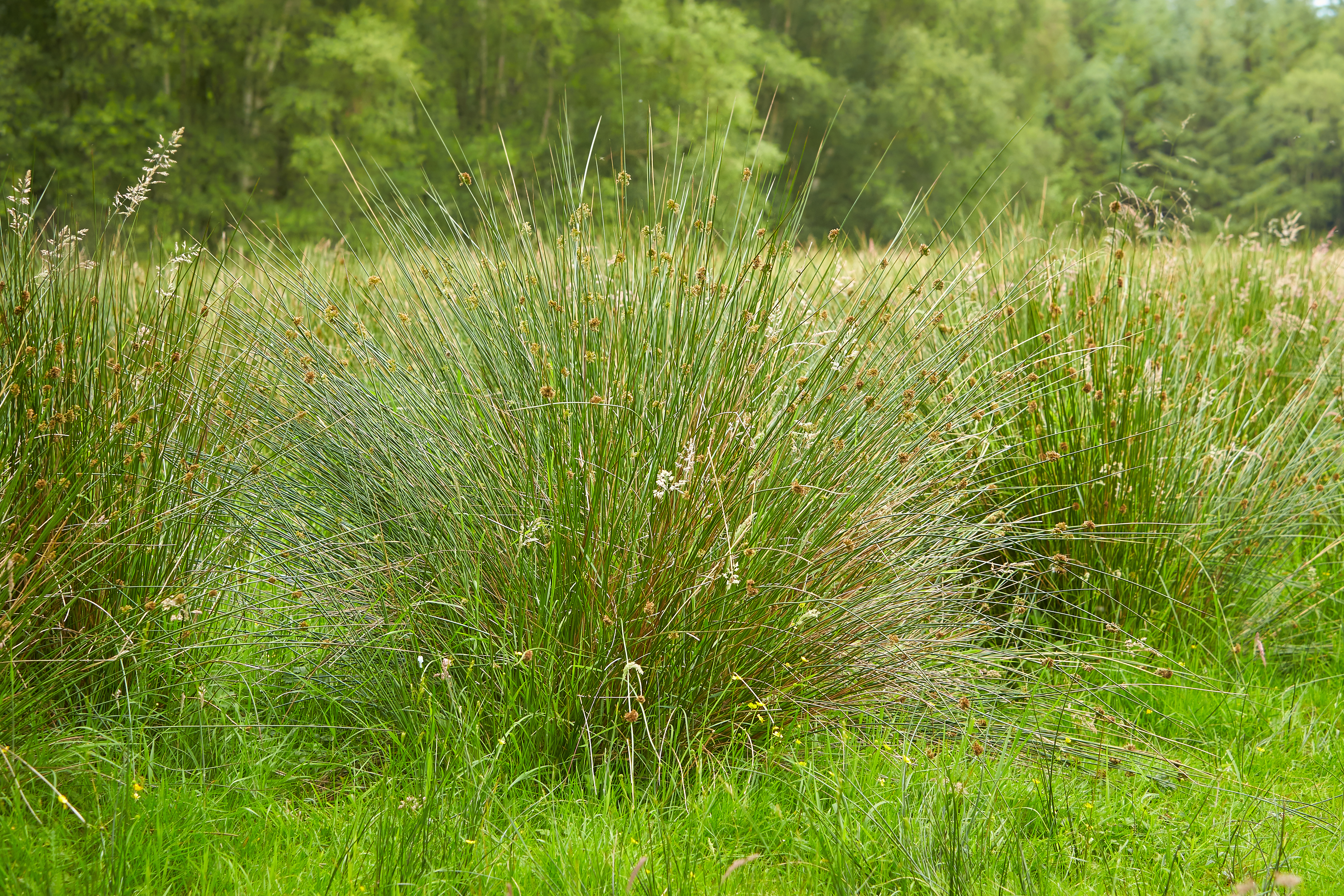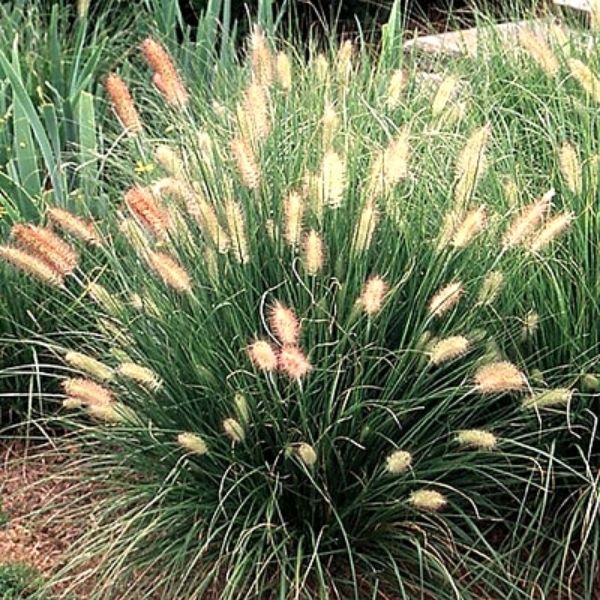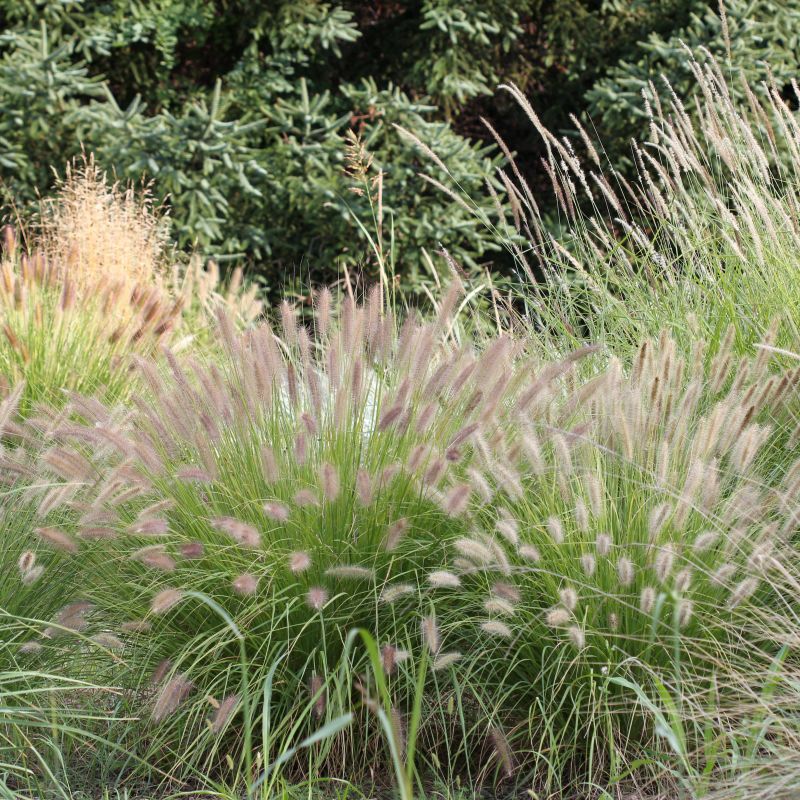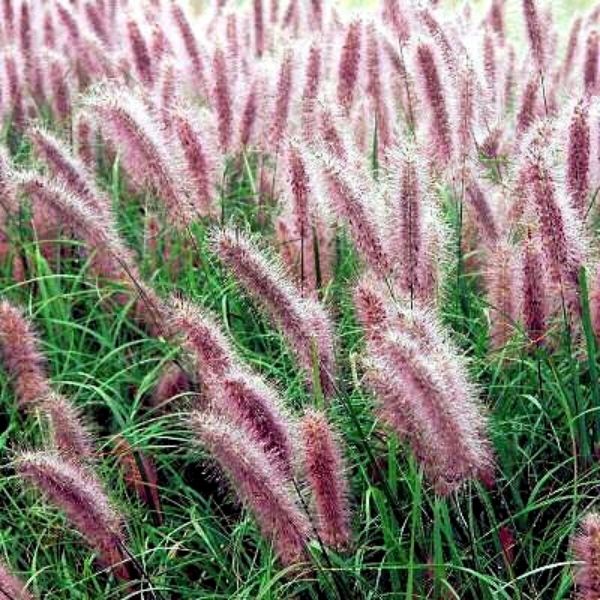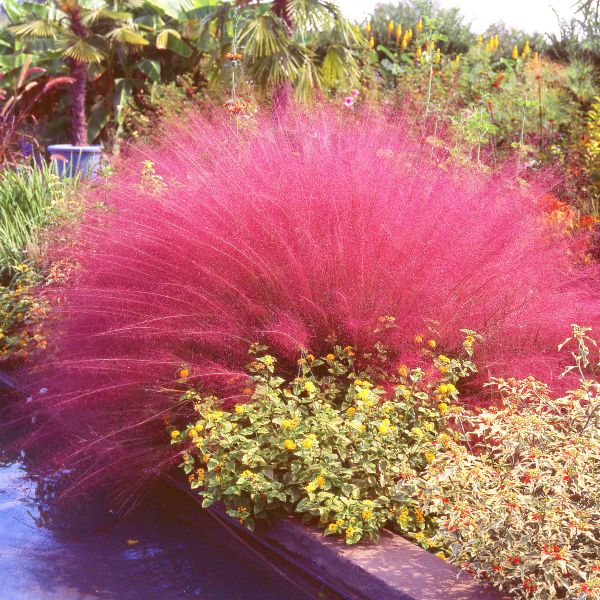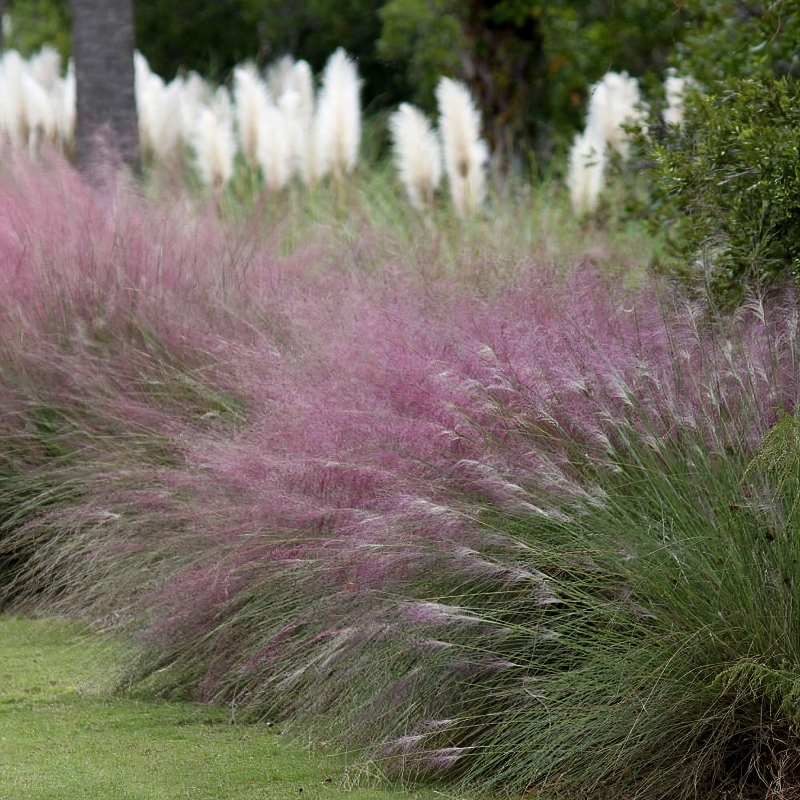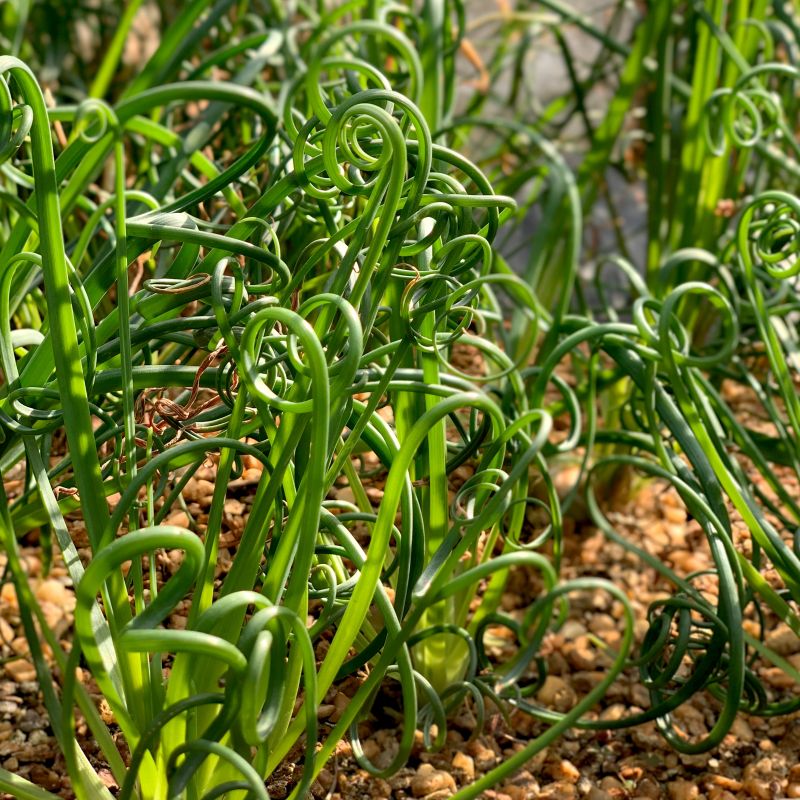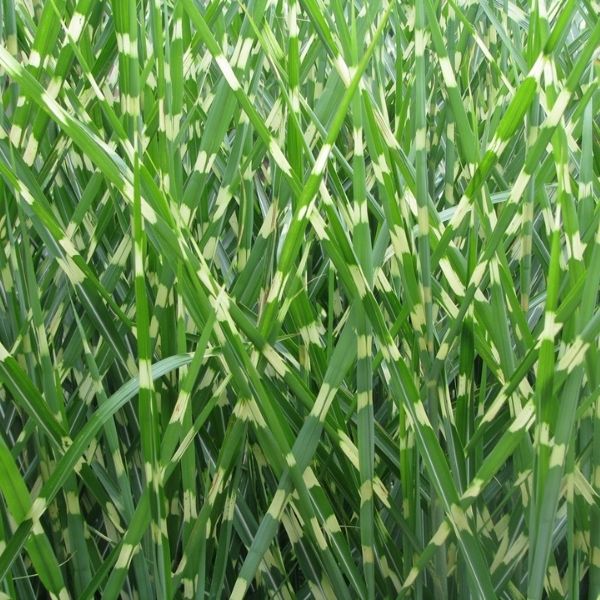

Porcupine Grass
Miscanthus sinensis 'Strictus'
17 reviews
Porcupine Grass
Miscanthus sinensis 'Strictus'
17 reviews
- Unique appearance with spiky, striped foliage
- Drought tolerant once established
- Low maintenance and deer resistant
- Recommended by landscape designers for optimal fit in real yards
$83.00
$119.00
30% Off
- Ships to 43215 in 3 to 7 days
- Free Shipping Over $150
- Plant Arrival Guarantee
- In Stock
- Free Plant Consult
$200 - Landscape-Approved: Every Plant We Sell Comes With Design Expertise Behind It
- 2.5 Gallon
- Quart Container
- Premium 1 Gallon
Not just beautiful - intentionally selected by ShrubHub's 3D landscape design team to fit real-world spaces and maximize yard potential.
Why Porcupine Grass?
Porcupine Grass, also known as Miscanthus sinensis 'Strictus', is a popular ornamental grass that is valued for its striking appearance and low-maintenance qualities. It forms stiff, upright clumps with narrow, green leaves that have yellow bands. It grows up to 6 feet tall and prefers full sun to partial shade. Porcupine grass is drought tolerant once established and is commonly used as a specimen plant or as a backdrop in perennial gardens.
People who loved this plant also bought
Sunlight
Porcupine grass requires full sunlight to thrive and reach its full potential.
Watering
Porcupine Grass, also known as Miscanthus sinensis 'Strictus', requires regular watering during its establishment period. After that, it is a drought-tolerant grass and generally only requires occasional watering during prolonged periods of drought.
Fertilizing
Porcupine Grass requires a well-drained soil with a pH level between 6 and 7. It benefits from a balanced fertilizer application in early spring and late summer, using a slow-release, nitrogen-rich fertilizer to promote healthy growth and flowering.
Porcupine Grass is a unique variety of Maiden Grass, scientifically known as Miscanthus sinensis ‘Strictus’, or Silver Grass, native to Japan, China, and Korea. It’s a dense, clump-forming grass. Like Maiden Grass, it’s an ornamental upright grass with golden banding on the blades. The golden bands resemble porcupine quills, giving the grass its name.
The leaves rise in a tight column, only arching over at their upper ends. The grass is fairly long, rising to 6-9 feet tall but the tight clusters of leaves surprisingly take little space.
In late summer, the plant forms a bronze inflorescence that rises above the blades and creates golden bands. The unique shape and colors of Porcupine Grass make it an excellent specimen plant or stand out in mass plantings.
Porcupine Grass is a fuss-free, easy-care plant, with no major pest or disease problems. However, this variety doesn’t have the drought tolerance of Maiden Grass and should not be allowed to dry out. The best growth is achieved with plenty of water.
While it can be considered invasive in certain parts of the USA, this cultivated grass doesn’t usually seed successfully and is unlikely to cause any rapid spreading.
Plant Information:
| Botanical Name: | Miscanthus sinensis 'Strictus' |
| USDA Zones: | 4 - 10 |
| Water: | Moderate |
| Exposure: | Full Sun |
| Soil Needs: | Well Drained |
| Mature Height: | 6 - 8 feet |
| Mature Spread: | 3 - 4 feet |

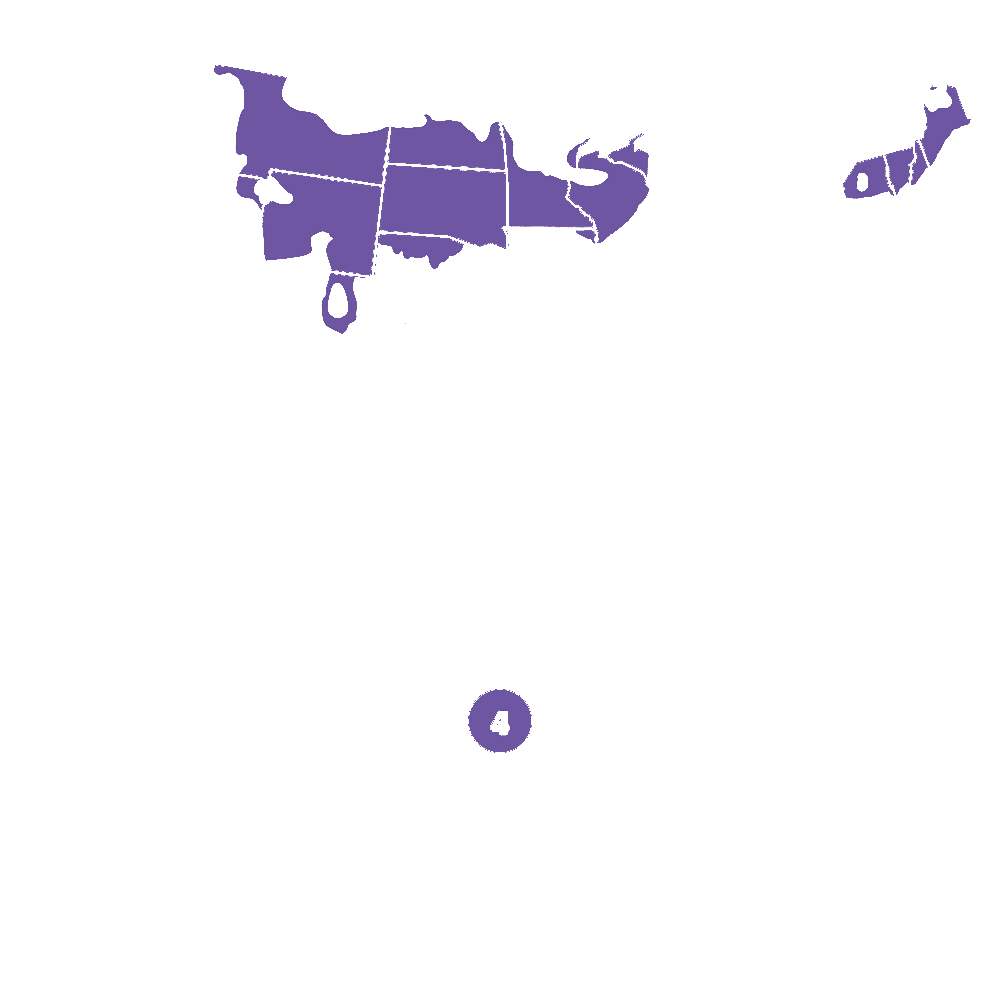
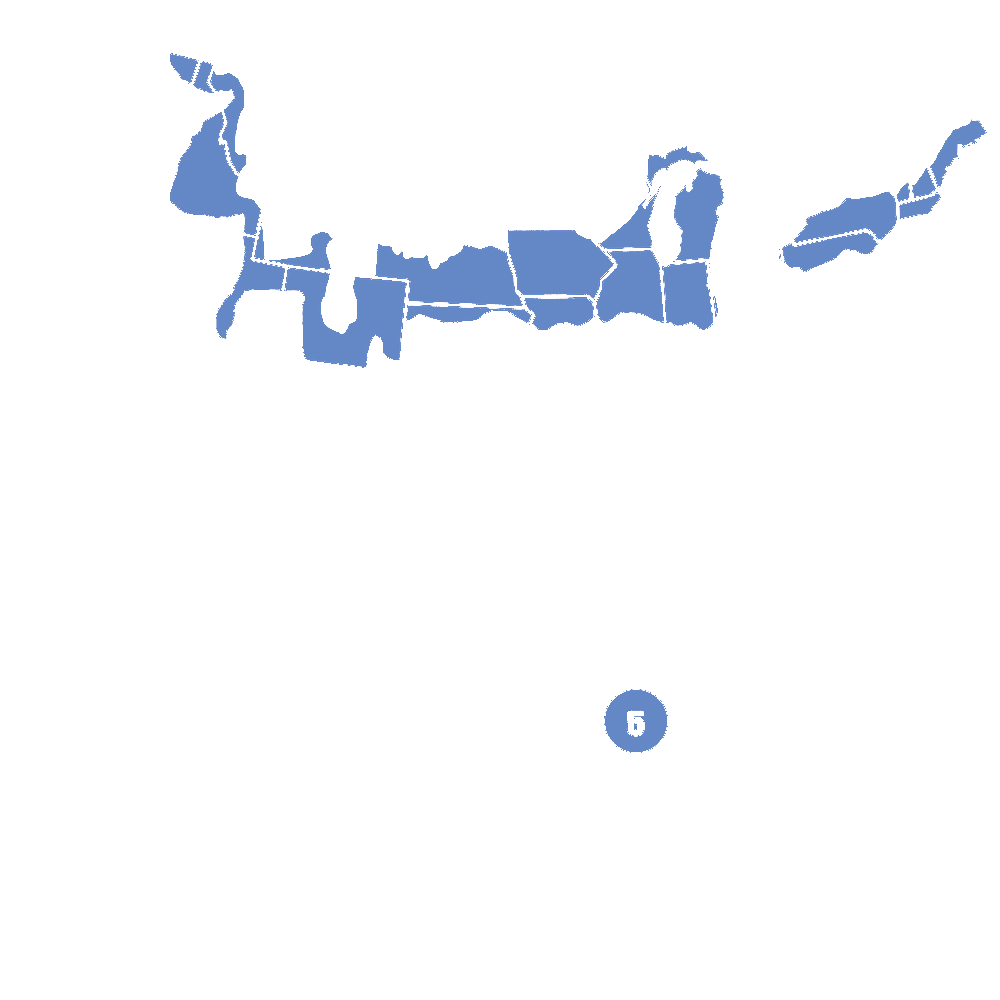
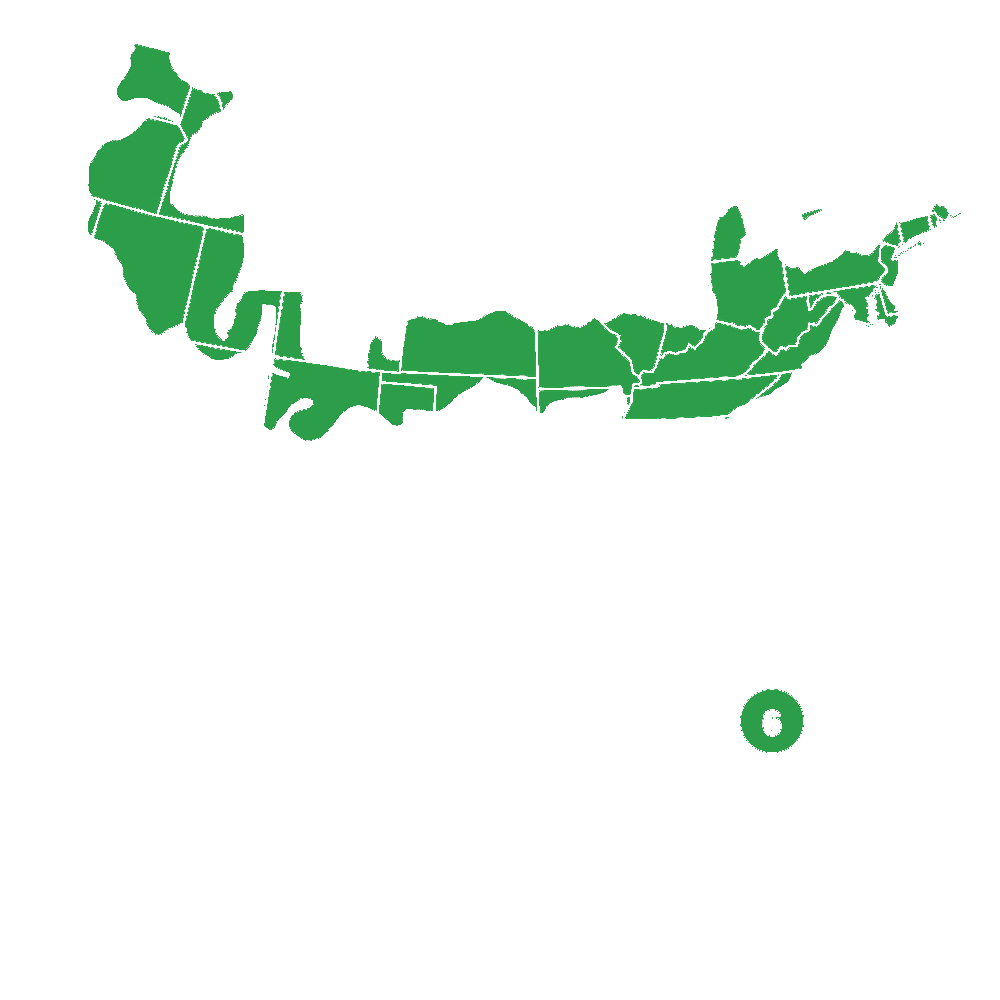
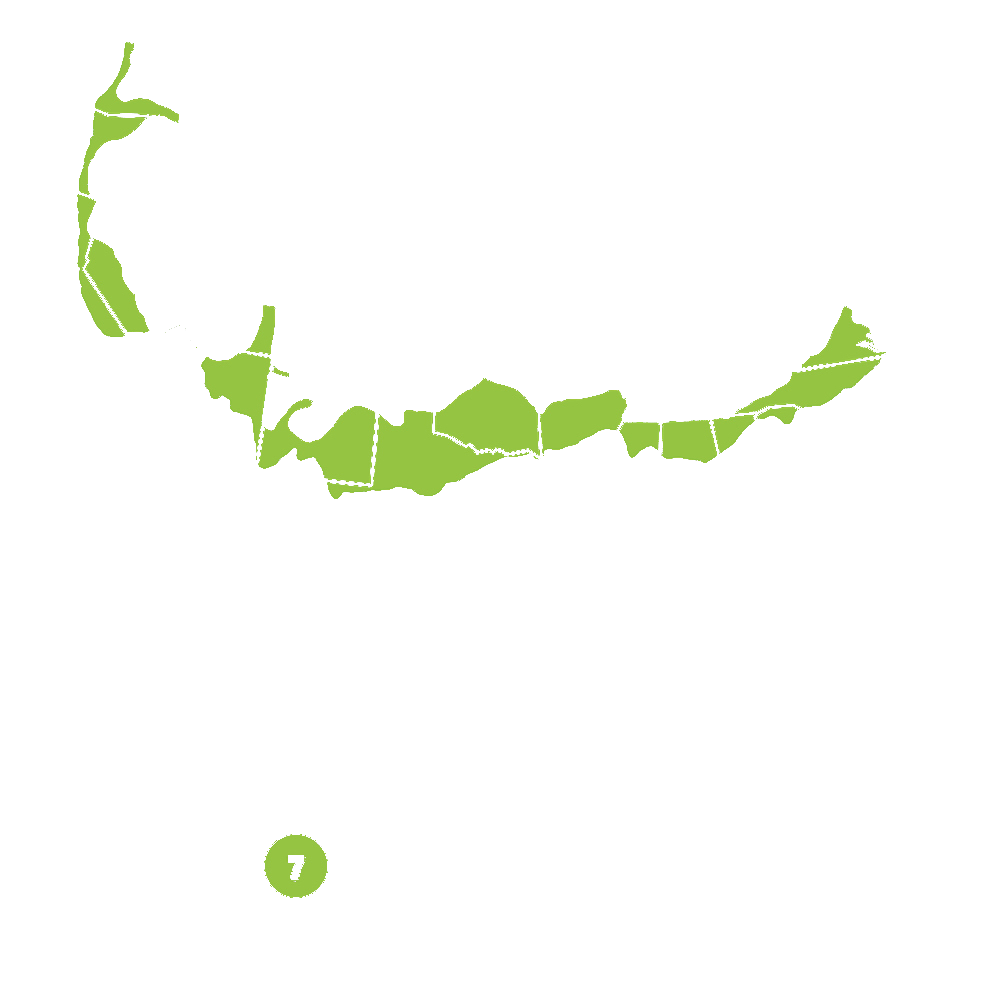
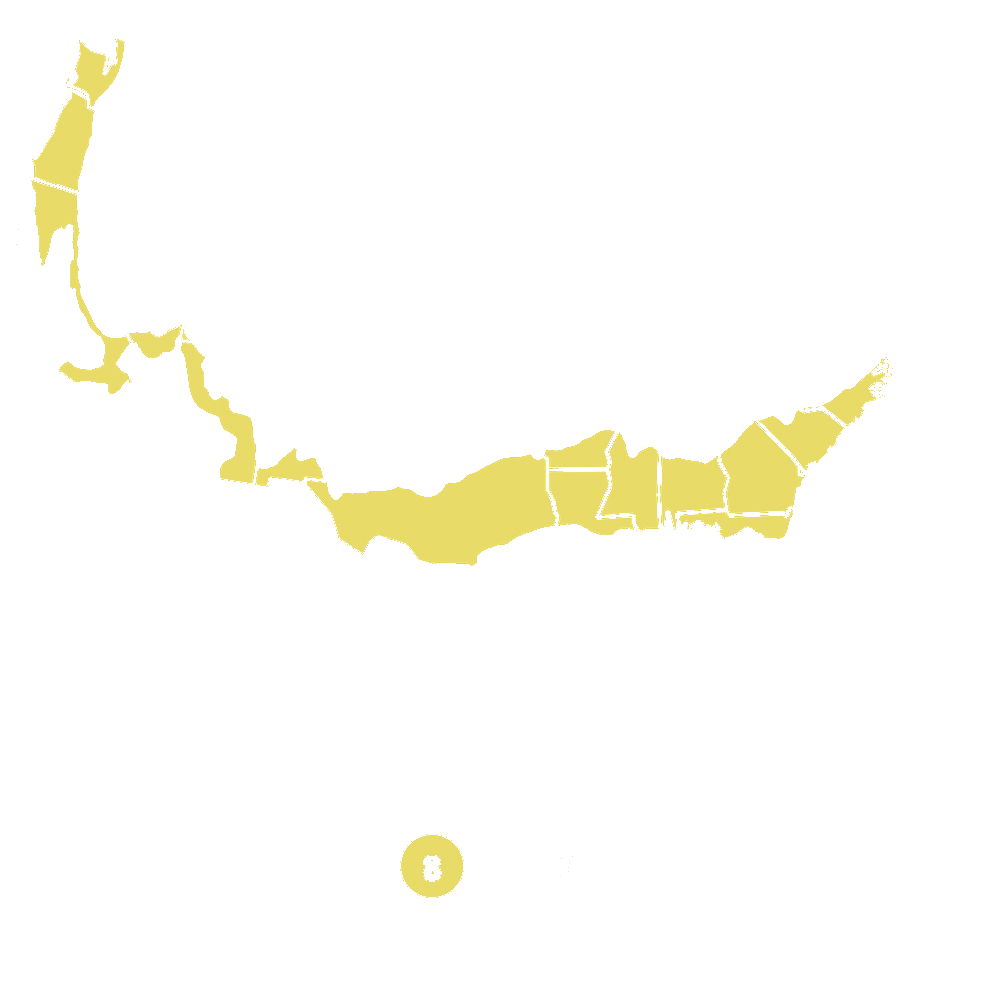
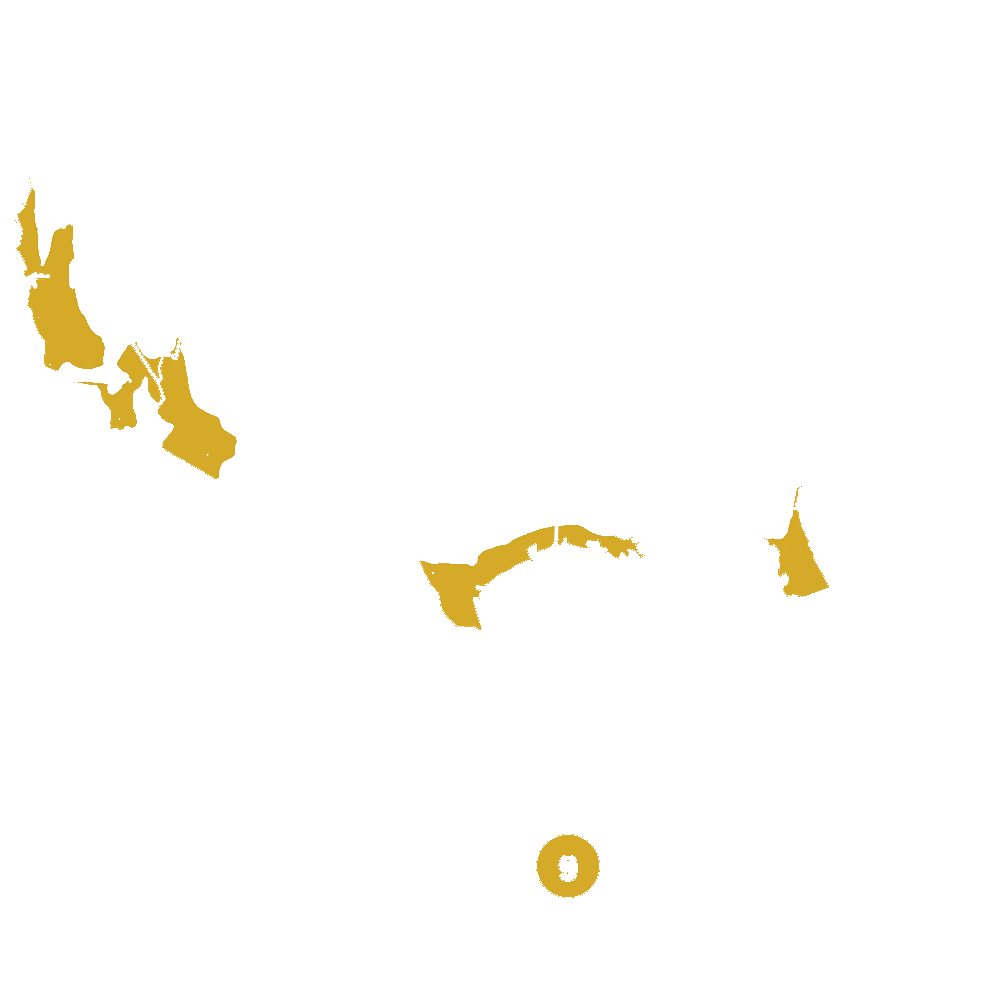
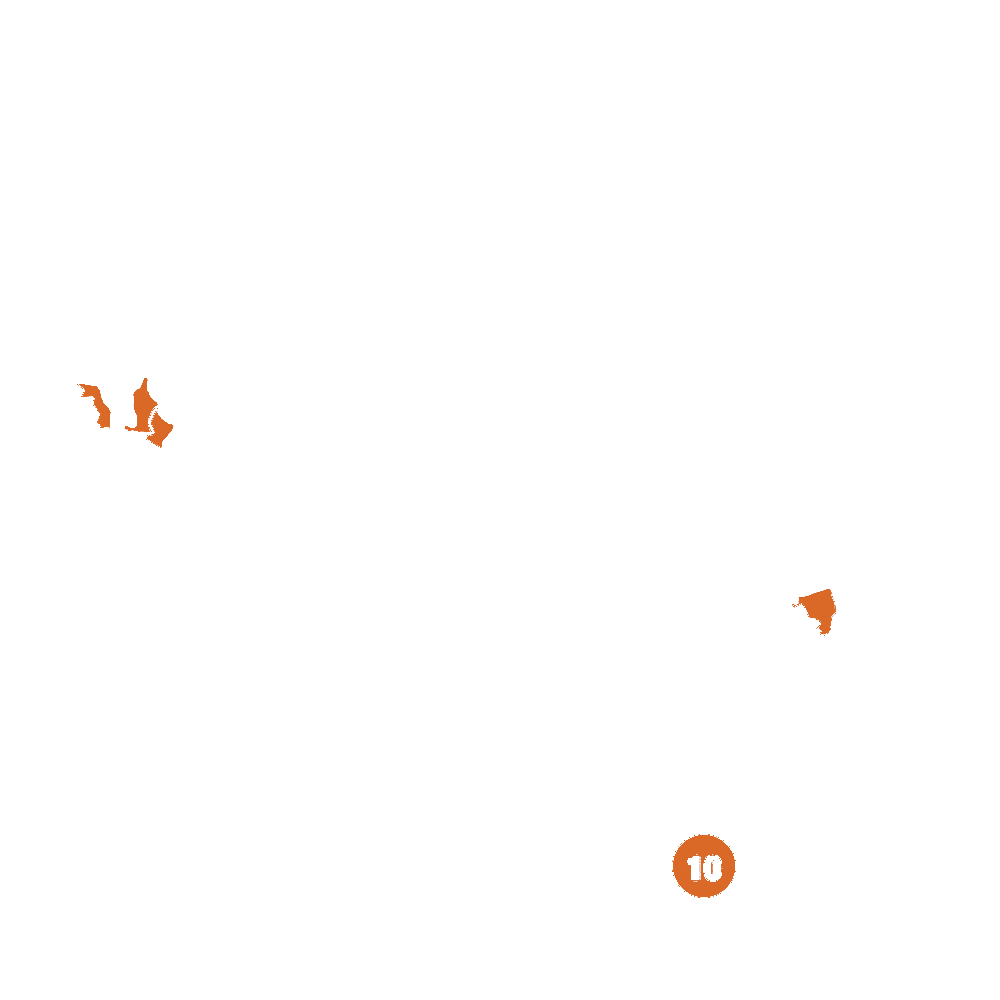
Pollination Info
Pollination Info for Porcupine Grass (Miscanthus sinensis 'Strictus')
Porcupine Grass, or Miscanthus sinensis 'Strictus', is a perennial ornamental grass native to Asia. This grass is primarily pollinated by the wind.
As a wind-pollinated plant, Porcupine Grass produces large quantities of small, lightweight pollen grains. These grains are designed to be easily carried by the wind to other plants for fertilization.
Although Porcupine Grass does not rely on insects or other animals for pollination, it may still attract a variety of pollinators. The grass's flowers provide a source of nectar for bees and other insects, which in turn may help to pollinate other nearby plants.
Overall, Porcupine Grass is a hardy, low-maintenance plant that is well adapted to a variety of growing conditions. Whether used for its ornamental value or its role in supporting local ecosystems, this grass is a valuable addition to any garden or landscape.
FAQ
Porcupine Grass (Miscanthus sinensis 'Strictus') FAQ
What is Porcupine Grass?
Porcupine Grass, also known as Miscanthus sinensis 'Strictus', is an ornamental grass that is native to Asia. It has distinctive yellow and green striped leaves that are upright and stiff, resembling the quills of a porcupine. It is a tall grass that can reach up to 8 feet in height and 4 feet in width.
What are the growing requirements for Porcupine Grass?
Porcupine Grass prefers full sun to partial shade and well-draining soil. It is drought tolerant, but will benefit from regular watering during dry spells. The plant is hardy in zones 5-9.
When does Porcupine Grass bloom?
Porcupine Grass blooms in late summer to early fall, producing feathery, copper-colored plumes that rise above the foliage.
How do I propagate Porcupine Grass?
Porcupine Grass can be propagated by division in early spring or fall. Dig up the clump and use a sharp knife or garden spade to divide it into smaller sections, making sure each section has roots and at least one shoot. Replant the divisions at the same depth they were growing at before.
How do I prune Porcupine Grass?
Porcupine Grass should be cut back to the ground in late winter or early spring before new growth emerges. This will help promote new growth and prevent the plant from becoming too large and unruly.
What are the common pests and diseases for Porcupine Grass?
Porcupine Grass is generally free from serious pests and diseases. However, it may be susceptible to rust, a fungal disease that causes orange-red spotting on the leaves. If rust is a problem, remove and destroy infected leaves and stems to prevent the disease from spreading.
Planting & Care
Planting and Care for Porcupine Grass (Miscanthus sinensis 'Strictus')
Porcupine grass, also known as zebra grass, is a clumping ornamental grass that can add texture and interest to any garden. Here are some tips on planting and caring for this grass:
Planting
- Choose an area with full sun exposure and well-draining soil.
- Dig a hole that is twice as wide and as deep as the root ball of the plant.
- Place the grass in the hole and backfill with soil, making sure to firmly pat it down around the plant.
- Water thoroughly after planting.
- Space multiple plants at least 4 feet apart.
Care
- Water regularly, especially during hot, dry spells.
- Fertilize in the spring with a balanced fertilizer.
- Prune back the plant in the spring to about 6 inches above the ground.
- Remove any dead or damaged leaves throughout the growing season.
- Divide the plant every 3-4 years to prevent overcrowding.
- Watch out for pests such as spider mites and aphids, and treat with insecticidal soap if needed.
Overall, porcupine grass is a low-maintenance plant that can provide lasting beauty in any garden. Happy planting!
Check Out These Verified Customer Reviews:
Customer Reviews
4.8 out of 5 based on 17 reviews
Thank you! Your review has been submitted.
The Porcupine Grass added a lovely touch to my landscaping. So happy with the overall experience.
I love how unique and beautiful the Porcupine Grass looks in my backyard. Highly recommend.
The quality of the Porcupine Grass exceeded my expectations. Very pleased with my purchase.
Item has been added to your cart.



